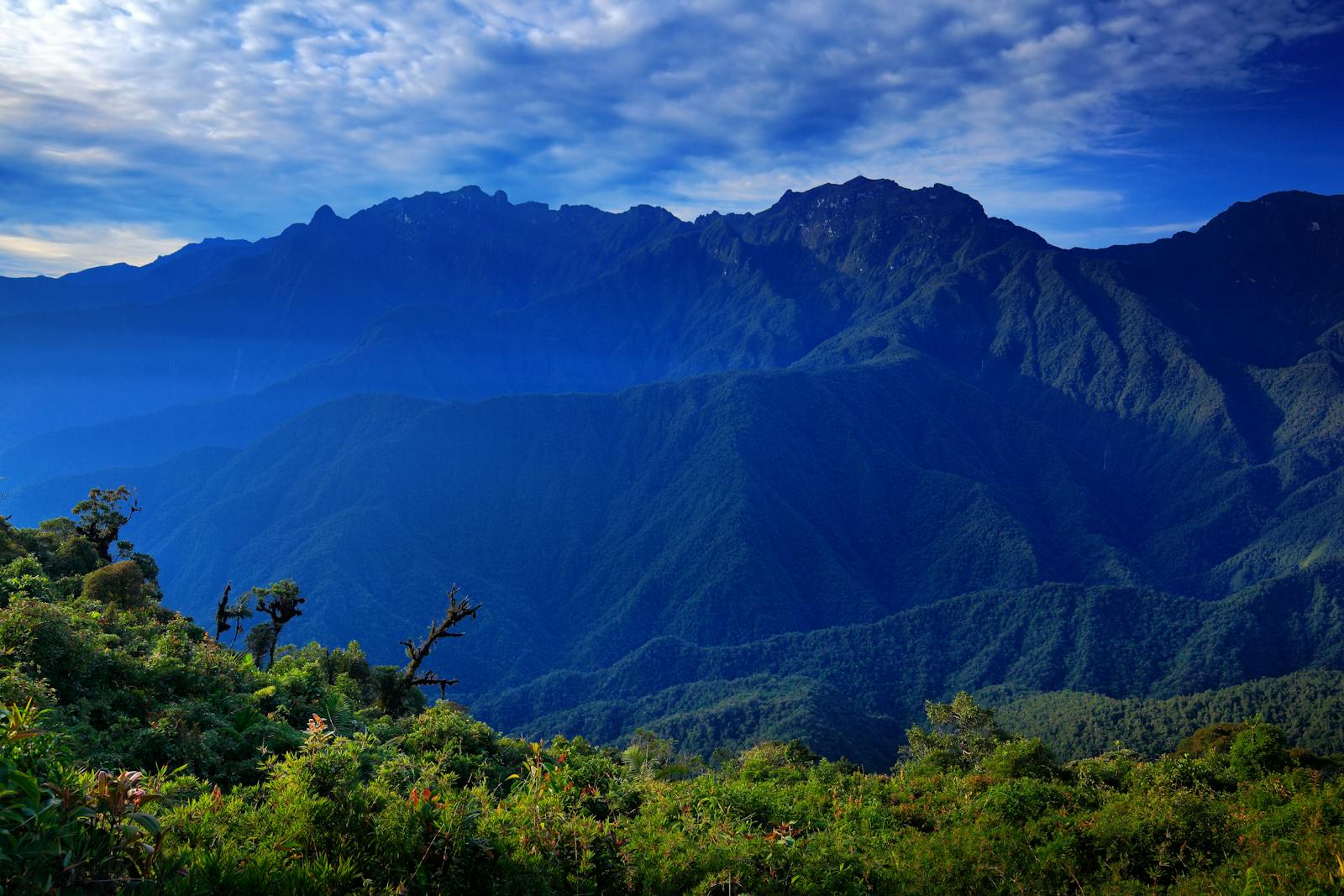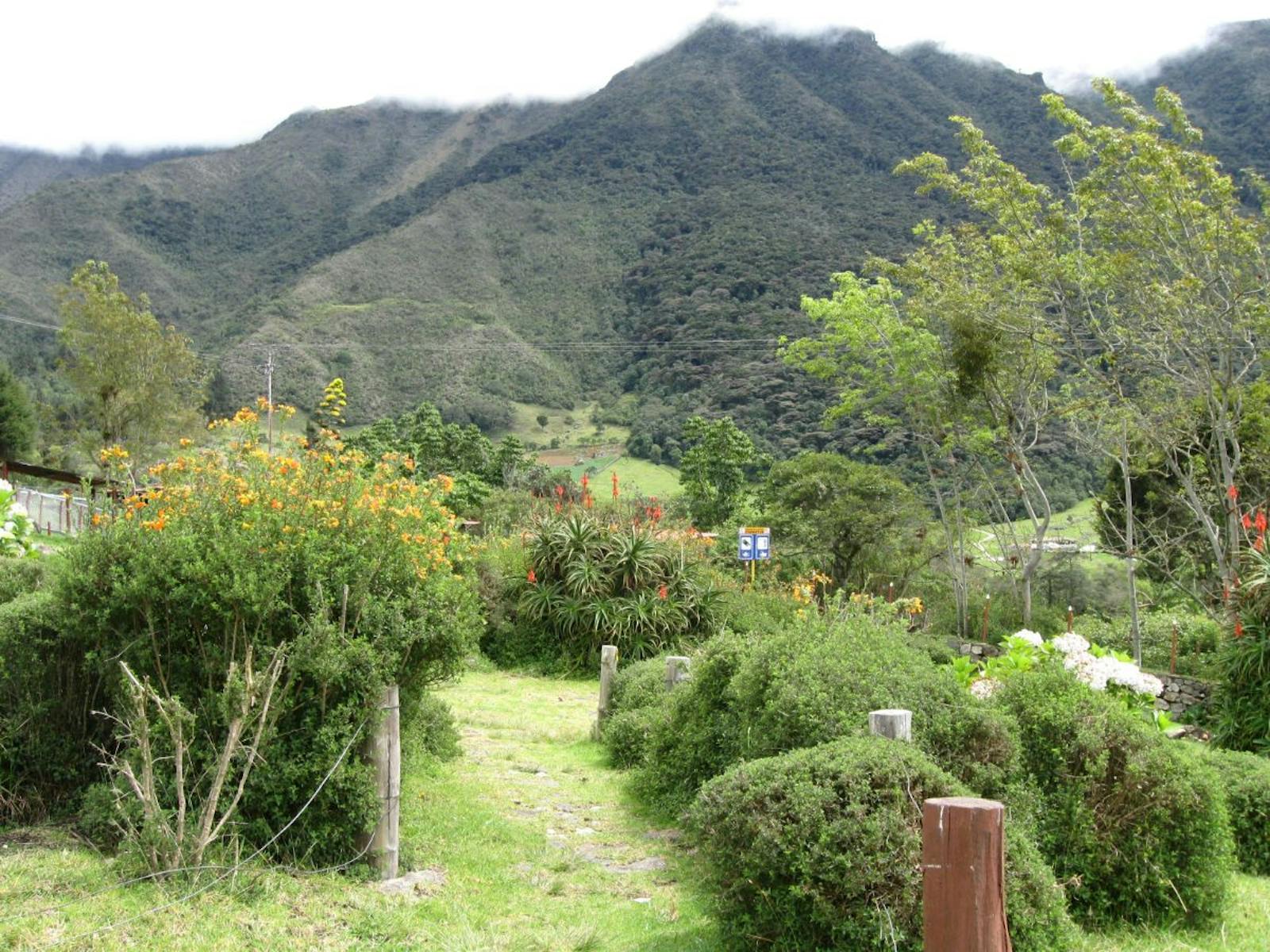Venezuelan Andes Montane Forests
The ecoregion’s land area is provided in units of 1,000 hectares. The conservation target is the Global Safety Net (GSN1) area for the given ecoregion. The protection level indicates the percentage of the GSN goal that is currently protected on a scale of 0-10. N/A means data is not available at this time.
Bioregion: Andean Mountain Forests & Valleys (NT11)
Realm: Southern America
Ecoregion Size (1000 ha):
2,946
Ecoregion ID:
513
Conservation Target:
89%
Protection Level:
7
States: Venezuela, Colombia
The vulnerable Musso’s fish eating rat is endemic to western Venezuela and thrives in this montane forest ecoregions where creeks and rivers abound. True to its name this rat species is semi-aquatic and primarily preys on freshwater invertebrates, with an occasional fish when it can catch one. This unique little rodent is found only from two locations and very little is known about their habitat and ecology. They thrive in the middle Andes where abundant rain as well as glacial and snow runoff create a lot of opportunities for a rat looking for cascading streams and white water creeks where macroinvertebrate prey abounds.
-Eco513-CC-Fernando%20Flores-2014.jpg)
The flagship species of the Venezuelan Andes Montane Forests ecoregion is the gray capped hemispingus. Image credit: Fernando Flores, Creative Commons
This ecoregion occupies montane forests at middle elevations of the Venezuelan Andes, a northeastern branch of the Andes mountain range. They are separated from the eastern Andes of Colombia by the Tachira depression at the border between Colombia and Venezuela. The Venezuelan Andes were formed from surrounding areas during the Paleocene, and they continued developing until the end of the Pliocene, at which time they attained their greatest height of 4,000–5,000 m. The climate is mesothermal—with moderate heat and winters that are not cold enough to maintain snow cover—and the average annual temperatures ranges between 12°–24°C and annual rainfall between 2,000–3,000mm; although local climate can vary significantly by elevation and slope.
The evergreen transitions forests can be found at 800–2,000 m and have dense middle high vegetation largely from the families Lauraceae, Moraceae, Myrtaceae, Bignomiaceae, Euphorbiaciae, and Araliaceae. The evergreen montane cloud forests occur at 2,000–3,000 m and are tall forests with an abundant understory. Dominant species include pino de pasto, Mexican alder, Ruagea glabra, Oreopanax moritzii, and Weinmannia jahnii.
The Venezuelan Andes are recognized as a dispersal center and plant species due to its high species richness and endemism. There are at least 155 endemic plants found in the ecoregion. There are 25 restricted-range and endemic bird species in this ecoregion including Mérida sunangel, grey-capped hemispingus, white-fronted whitestart, and grey-naped antpitta.
There are 4 endemic mammals: the wood sprite gracile mouse opossum, Luis Manuel’s tailless bat, dressy Oldfield mouse, and Musso’s fish eating rat. Some mammal subspecies recorded include Andean white-tailed deer and rufous brocket deer. A noteworthy mammal found is the charismatic and vulnerable spectacled bear, the only extant bear species native to South America. There are 62 species of endemic frogs recorded.
Almost all montane forests are being invaded with varying intensity. Most of the slopes have had their native habitat converted for agricultural purposes. This has given the ecoregion’s montane forests a mosaic and patchwork appearance. Venezuelan national parks included in this ecoregion are: the Sierra Nevada, Sierra de la Culata, General Pablo Peñalosa, General Cruz Carrillo, Dimira, Yacambú, and El Tamá. The Tamá National Park is located in the Colombian part of the ecoregion.
Agricultural expansion for subsistence represents the most significant threat to this fragile ecosystem. Massive tourism, fires, and proposed road and pipeline construction represent potential threats to several National Parks. Mining for coal, copper, zinc, lead, and silver are potential threats in 2 of the National Parks as well. The over-harvesting of particular species of orchids and bromeliads for decoration, especially around cities, is an ongoing issue.
The priority conservation actions for the next decade will be to: 1) establish workshops and public outreach so that residents are trained to sustainably use the natural resources; 2) establish corridors to increase the connectivity of the patchwork of remaining forest habitats; and 3) increase the capacity and funding of the established protected areas to better monitor and enforce regulations and restrictions, including mining activities.
Citations
1. Bonaccorso, E. 2019. Northern South America: Northwestern Venezuela into Colombia https://www.worldwildlife.org/ecoregions/nt0175 Accessed May 25, 2019.
2. Vivas, L. 1992. Los Andes Venezolanos. Academia Nacional de la Historia. Caracas.
3. Steyermark, J.A.1979. Plant refuge and dispersal centres in Venezuela: their relict and endemic element. Pages 185-221 in K. Larsen and L.B. Holm-Nielsen (editors). Academic Press. Great Britain, London.
4. Soriano, P. 2018. Neusticomys mussoi. The IUCN Red List of Threatened Species 2018: e.T14741A22337139. http://dx.doi.org/10.2305/IUCN.UK.2018-1.RLTS.T14741A22337139.en. Accessed May 25, 2019.





